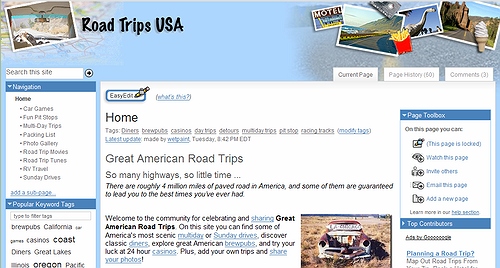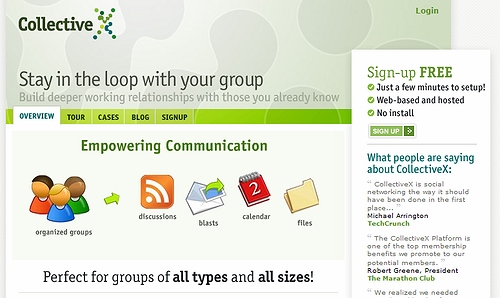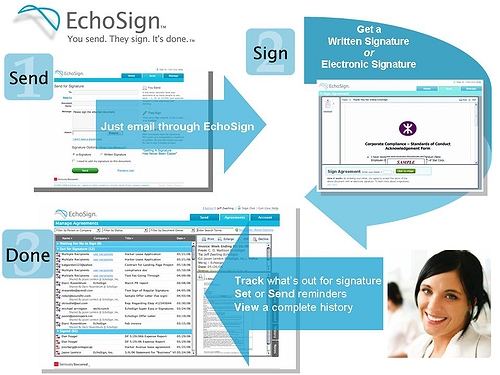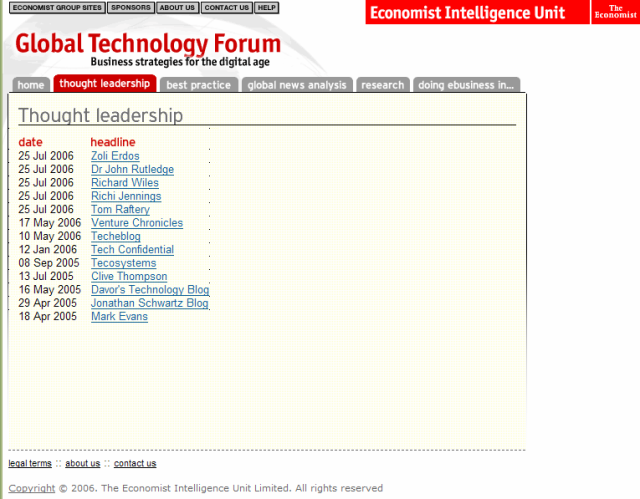Recently I joined my fellow Irregulars (a work-group of bloggers, analysts, journalists who write about Enterprise Software) in jointly publishing an article on Sandhill: Software’s Sky is Not Falling.
All articles get edited, and that’s even more so with multi-author ones; therefore I thought I would post my original, pre-edit piece below.
With almost predictable regularity we’re seeing software obituaries popping up just about every month: the only variation in the theme is what’s being declared dead: sometimes it’s Enterprise Software, sometimes it’s email. Just like I’ve already stated I did not believe email was dead, I strongly disagree it’s time to mourn Enterprise Software.
Since my fellow Irregulars mostly addressed the Open Source angle in Guy Smith’s post, Is Enterprise Software Doomed? I’ll reflect on the SaaS part of his piece.
“SaaS is the bastard child of the traditional proprietary software vendor and the Open Source marketing paradigm.”
SaaS is NOT an offspring of Open Source, although they often get lumped together, especially in buzzword-heavy startup pitches; however, they are quite different animals.
With a great deal of simplification the single most important difference is in the deployment model, SaaS by definition being on-demand, while most Open Source products are on-premise, traditionally installed systems.
Guy sees the natural evolution of Open Source Enterprise Software vendors “retrofitting” their products to SaaS offerings, but in reality most SaaS offerings are commercial, and most Open Source is on-premise, these two being on decidedly different paths.
The common trait, as Guy correctly points out is the change in the sales & marketing process: PR, buzz, online sales cycle process management, free trials, inbound sales, customer-initiated pull process vs. sales push. Yet Guy sees this as a necessity forced by economics: “the reduction in unit revenue will force all Open Source (including Dual Source) vendors to change their marketing and sales cycle “ when in reality these are actively pursued changes that both Open Source and SaaS companies embrace. Without denying the importance of the underlying technology, the most important change SaaS facilitates is this very business model change, which opens up entirely new, unpenetrated business segments for Enterprise Software: small and medium businesses (not just the M but the S in SMB). In fact customer size is another differentiation factor, at least for now, SaaS penetrating the SMB segment, while Open Source is ideal for mid-size companies, that actually have the in-house IT-expertise to play around with OS.
So is it as simple as:
- small business = SaaS
- midsize = Open Source
- large company = traditional software?
Not really, that would be oversimplification. But while it’s easy to declare that for small businesses without their own IT resources there is no better option than SaaS, there is no clear “winner” for large corporations. There shouldn’t be. This is not religion; it should be business decisions that these organizations have to make individually. Analysts fighting the SaaS vs. On-premise war often forget that software exist to resolve business problems. As Charles so eloquently points out, it’s the complexity of these business processes, the need for customization, the number of user seats..etc that matters, and as we move up on this scale, increasingly “traditional” Enterprise Software is the answer. I happen to believe that eventually SaaS will grow up to meet those requirements, but am not going to guess how many years it will take. In the meantime the SaaS-fans (admittedly I am one) can claim that SaaS is the future – but that does not mean Enterprise Software is dead.
If I were to launch a software startup, it would be SaaS. Dave Duffield and his PeopleSoft team have the luxury of starting from scratch launching Workday, a pure SaaS company – since they were forced to walk from PeopleSoft and it’s customer base. But SAP and Oracle, (btw, Guy, since when do we determine market leadership by the amount spent on acquisitions?) together “own” the large corporate space; how could they expect their customers to throw away their investment in traditional software?
On-demand “purists” (the religious types) criticize SAP for their half-hearted hybrid approach to SaaS – but why would they do anything else? After all, SaaS is still only 10% of all enterprise software sold. Even if we believe “the future is SaaS” (which is of course unproven, but I happen to believe in it), there is a lot of mileage left in the “old” Enterprise model, and market leaders like SAP have certainly no reason to turn their backs to their huge and profitable customer base.
Here are the other “Irregulars” un-edited contributions:
- Niel Robertson
- Mark Crofton
- Vinnie Mirchandani
- Dan Farber
- Dennis Howlett
- Sadagopan
- Jason Wood
- Jeff Nolan
- David Terrar
Tags: enterprise+sofware, irregulars, mysql, on-demand, open+source, oracle, os, saas, sandhill, sap, software+marketing, software+sales, sugarcrm, smb, sme, small+business














Recent Comments